Teeth Before & After Braces: See the Difference
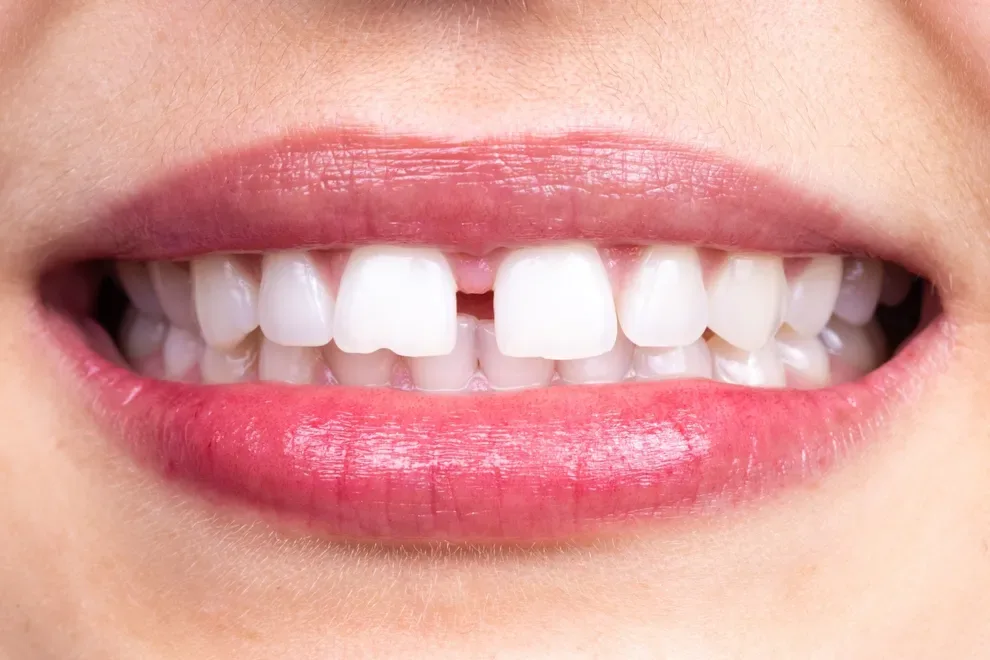
Table of Contents
- Underbite
- Overbite
- Crossbite
- Crowded Teeth
- Gap Teeth
- Don't Forget Aligners
Orthodontists use models to explain how your teeth will look after treatment with braces. Some even use computers to show you what your smile will look like from one month to another.
But it might take you two years of braces (or longer) to get the smile you always wanted. If you'd like a few photos of teeth before and after braces, just so you know what to expect, you're not alone.
We've gathered up photos of smiles touched by many common orthodontic problems. Keep scrolling to see what your smile might look like.
Underbite
Your jaws should nest together with the uppers covering the lowers. Your teeth are shaped for this arrangement. People with lower jaws that shoot out in front of their upper teeth have underbites. Dental professionals call this a Class 3 malocclusion or a prognathism.
People with underbites can chip or crack their teeth with each bite they take. And if left untreated, a bite like this can put pressure on the jaws and cause soreness and stiffness.
Treatment can involve widening the upper jaw, pushing the lower jaw back, or both.
Overbite
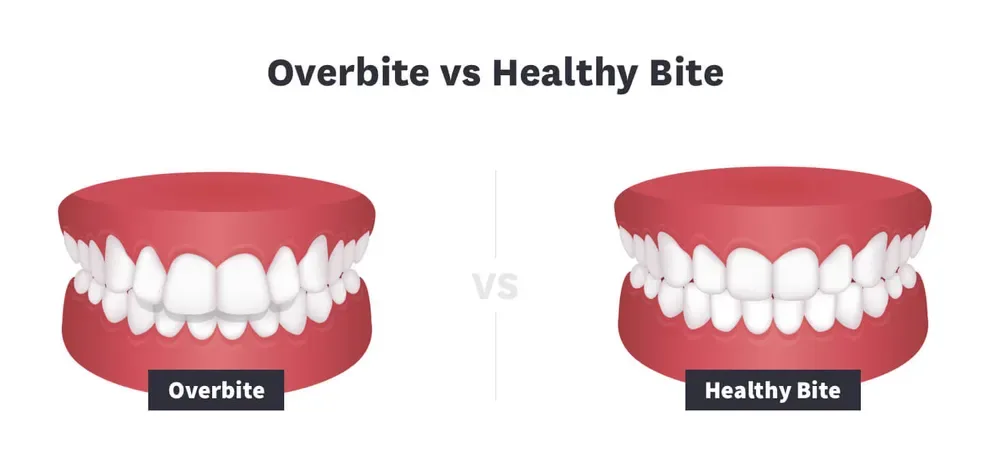
While uppers cover lowers in a healthy mouth, no big gaps should sit between the jaws. If your upper teeth jut out far over the lowers, you have what doctors call a Class 2 malocclusion or retrognathism.
An overbite can make speaking and chewing difficult, as your teeth don't click together properly. You may also find that it's impossible to close your lips over your teeth.
Treatment can involve pushing the upper jaw back, and you may need to widen those upper jaws too.
Crossbite
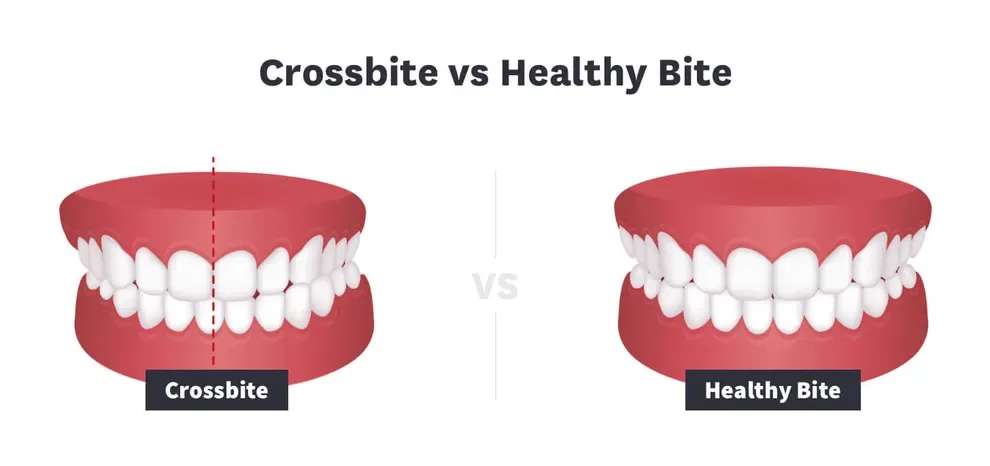
If a few of your upper teeth nest inside your lower teeth, you could have a crossbite. Some people experience this problem in just one or two teeth. Others have the issue in large groups of teeth.
Chips, muscle soreness, and functional problems are all common in crossbites. Crossbites are typically treated by widening the palate, so teeth have space to nest properly. Braces can pull teeth into the proper positions too.
Braces can pull your teeth into alignment, but wearing them is a big commitment, and it's reasonable to want to know what your smile will look like when the work is done.
Crowded Teeth
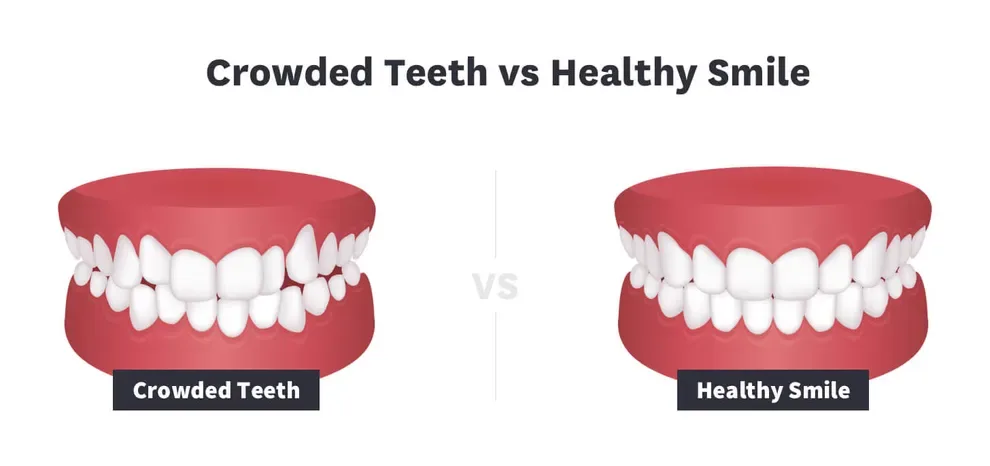
Do all of your teeth fit nicely within your jaw? Or do some twist to the side, jump to the front, or slide to the back? Tooth crowding is caused by teeth that are too large or a jaw that is too small. Some people have both problems.
Sometimes, dentists must remove teeth to make space. But sometimes, dentists can pull and pressure teeth to line up within the jaw, and they can use devices to widen the jaw to create more space.
Leaving crowded teeth alone isn't wise. It's hard to brush and floss in a tightly packed mouth, and poor dental hygiene can lead to tooth loss.
Gap Teeth
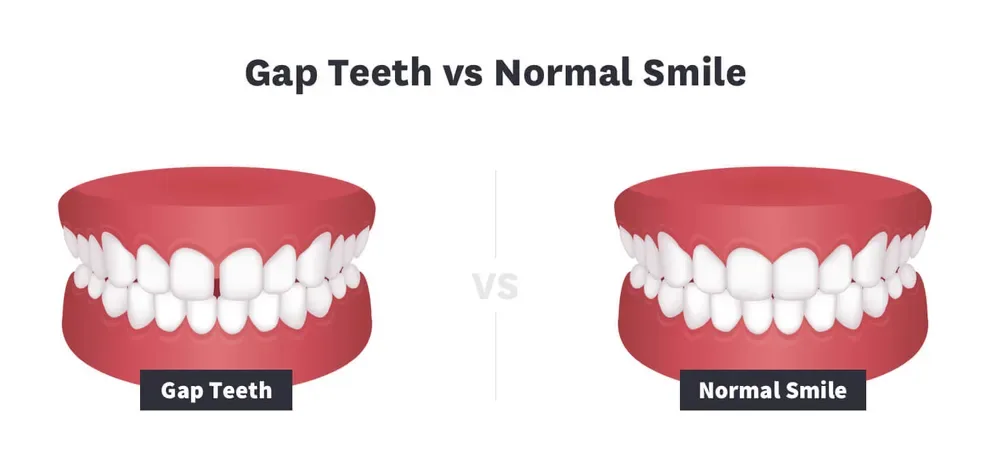
Some people have a space between their front teeth. When they smile, that gap shines through.
A gap makes eating (without spitting) very difficult. And sometimes, people whistle while they talk due to the unusual airflow through their mouths.
At-home treatments involve rubber bands and string. While bloggers love these DIY techniques, dentists say they are dangerous. Braces can tug the teeth together while straightening the other teeth in the mouth.
Don't Forget Aligners
We've shown you plenty of photos of teeth amended with braces. Don't forget that clear aligners can help people with mild to moderate orthodontic issues. And if you choose aligners, you could spend less money and feel potentially feel less pain.
Before & After Braces FAQs
It might, depending on the issues your braces corrected. If your braces corrected a bite problem or a more severe misalignment issue, it’s likely that your face shape will change somewhat after braces.
The changes are positive, improving symmetry and overall face shape. Most patients are very pleased with how their face shape changes (if it does) with braces.
Possibly. If you have a severe overbite or crossbite, it can result in a weak-looking chin. When braces correct your bite, it can result in a stronger jawline, which most people find aesthetically pleasing.
Yes. Braces can change how your mouth looks, particularly if you have a bite issue that prevents your mouth from closing easily and comfortably.
Braces can also change mouth shape if you have protruding teeth that affect how your lips rest. Once these issues are corrected, the changes to mouth and lip shape are positive.
Braces work pretty quickly. By the end of the first month, you’ll generally see some slight changes in teeth placement. Each time you get your braces tightened or switch to new aligner trays, you’ll notice your teeth have moved slightly.
These changes accumulate into more significant changes every six months or so.
